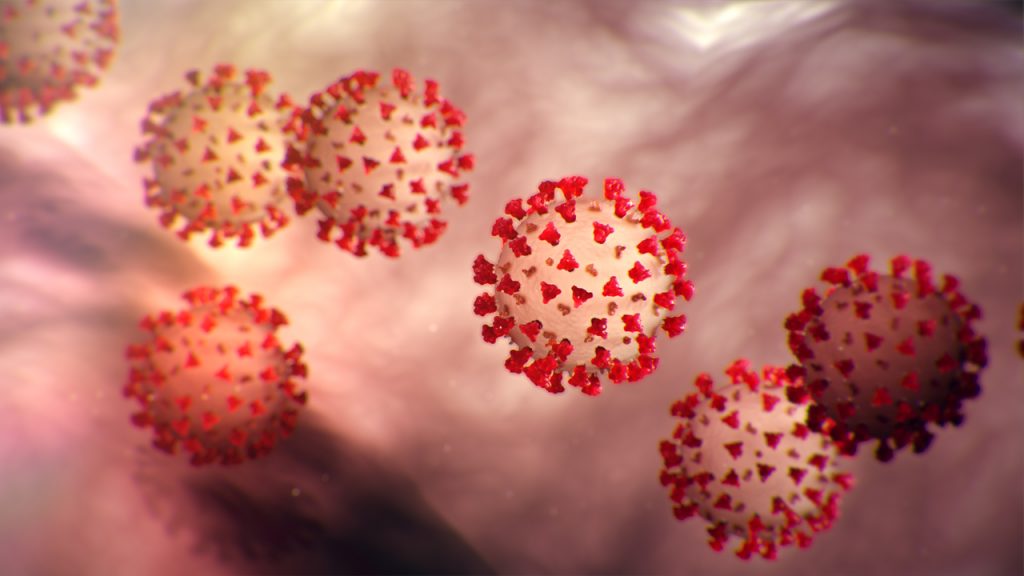
Thankfully the worst of the COVID-19 pandemic is over, but the public health crisis brought new challenges to the wound care world. There has been profound impact upon the epidemiology of skin lesions such as pressure injuries, and this post will discuss major concerns.
COVID-19 and Pressure Injury Epidemiology
The impact of SARS-CoV-2 on the occurrence of pressure injuries is substantial. Patients with severe respiratory disease and extended ICU admissions while on life support such as ventilation and feeding tubes become at increased risk for skin breakdown. Prone positioning for maximization of pulmonary function renders the skin of the chest and knees at increased risk. Some experts feel that microthrombosis that accompanies severe COVID infection can accelerate pressure injury. The months of mandated isolation when visitors were restricted caused many nursing home residents to become depressed, with consequences of decreased appetite, weight loss, and increased risk for pressure injuries.
The constellation of acute and chronic illnesses can combine to result in skin failure, a topic I have discussed elsewhere. Once a pressure injury occurs, healing can take months, and often continues long after the original COVID-related injury resolves. Pre-existing chronic illness such as diabetes, COPD, vascular disease, anemia, and malnutrition adds risk for developing skin breakdown and prolongation of the healing process.
Mandatory use of PPE including masks brought increased risk for pressure injury to the face, ears, and scalp. Once there is a break in the skin, the natural protective barrier against infection becomes impaired. Prevention of PPE-related injury includes modification of mask tension and skin protection with sealants, barrier creams and moisturizers. You can read my article on mask related pressure injuries here.
COVID-19 and Other Dermatologic Diseases
The SARS-CoV-2 virus causes cutaneous illnesses which include rash, pseudo-chilblains, livedo reticularis, and urticaria. The rashes appear either as flat red areas on the trunk or small vesicles or blisters filled with clear or bloody fluid. They appear early in the disease before other symptoms occur, and in patients with moderately severe disease. Pseudo-chilblains appear as painful, swollen bumps on exposed skin including fingers and toes. Livedo reticularis results from reduced blood flow to the skin that is linked to microthrombosis, or small clots, and can lead to necrosis. Urticaria – another name for hives – is a common finding with COVID-19 that causes severe itching.
In summary, the coronavirus pandemic had huge impact with regard to dermatologic conditions and chronic wounds including pressure injuries. Hard lessons have been learned on preparedness and availability of PPE, but the lingering effect on the epidemiology of chronic wounds is far from over.
Access my article on mask related pressure injuries here.
Access my article on skin failure here.
* * * * * * * * * * * * * * *
Related posts:
Is there a COVID Related Wound?
A Review of the Skin Failure Concept
New Review on Aging Skin, with Considerations for Clinicians
